
How To Scale A Business In 8 Steps [Tactics & Tips]
Small business owners usually seek ways to grow their businesses and make their products/services as popular as possible. However, acclaimed entrepreneurs know the pros and cons of rapid growth and the importance of scalability in introducing a new business model.
To expand your outreach and attract more customers, learn how to scale your business first to secure an organic and safe transition that will lead to profitability. Let’s clarify some important issues to ensure we’re on the same page.
Scaling vs. Growth: What’s The Difference?
Even though we often use these terms interchangeably, growth and scaling differ. Business growth refers to the expansion of a startup or corporation, including revenue, workforce, customer base, and market share. However, if it happens too fast without a careful business plan, it may lead to more significant expenses, compromise of quantity over quality, a high churn rate, and employee fatigue.
On the other hand, scaling is the prerequisite to successful business growth. It’s about preparing the business by optimizing internal processes and recruiting agile methods to adapt to the new reality.
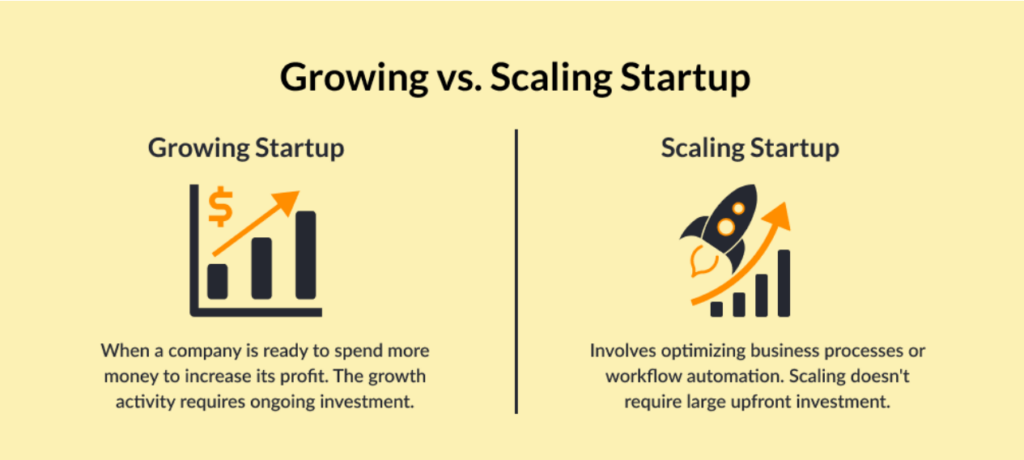
Therefore, a scale-up strategy includes all the intentional business efforts to lay the ground for long-term success and steady cash flow. Let’s see how to enter new markets effectively in clear steps:
1. Evaluate your Business Operations
Firstly, it’s important to overview your current business processes and how agile they are. For example, if you sell physical products, you need to look into your supply chain operations, inventory management, and shipping. Then you can overview how your team members can address the challenges that may arise.
As for SaaS businesses, you must improve your infrastructure and security to maintain a stellar service. Will your existing sales and account management team be able to tackle the growth challenges? Or do you need to hire or outsource for some of the tasks?
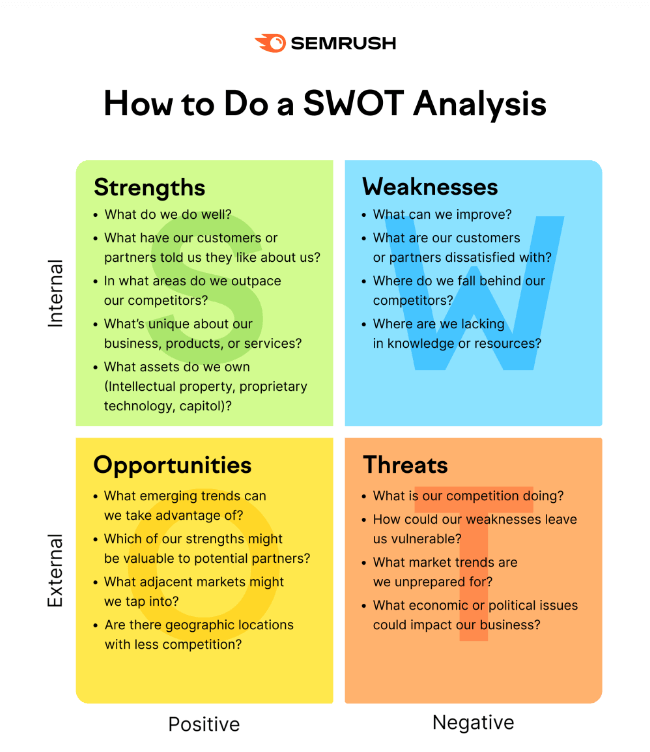
In a nutshell, there’s a lot to consider before initiating a growth strategy. A SWOT analysis is essential in this stage. It enables you to identify all the strengths and weaknesses while putting competition on the map. The questions mentioned in the graph above will put things into perspective, whether you’re in B2B or B2C.
Plus, when assessing your current operations, have a clear buyer persona in mind. In addition, a customer journey map will help you look into the details and the big picture simultaneously. Here’s a free template to help you out.
2. Set Clear Goals
The whole evaluation process will help you build a more suitable plan by spotting opportunities, essential business means, and requirements more accurately. The next step is to set clear objectives to scale up your business and prepare it to flourish.
Instead of focusing on short-term goals, it’s significant to see the long-term and emphasize process rather than outcome goals. This will enable you to shape a vision that will interconnect your efforts through an invisible thread, leading to better business decisions and results.
To nail your goal-setting process, you can utilize the well-known SMART framework. It stands for Specific, Measurable, Attainable, Realistic, and Time-Based and helps business leaders shape more concrete objectives and monitor progress over time.
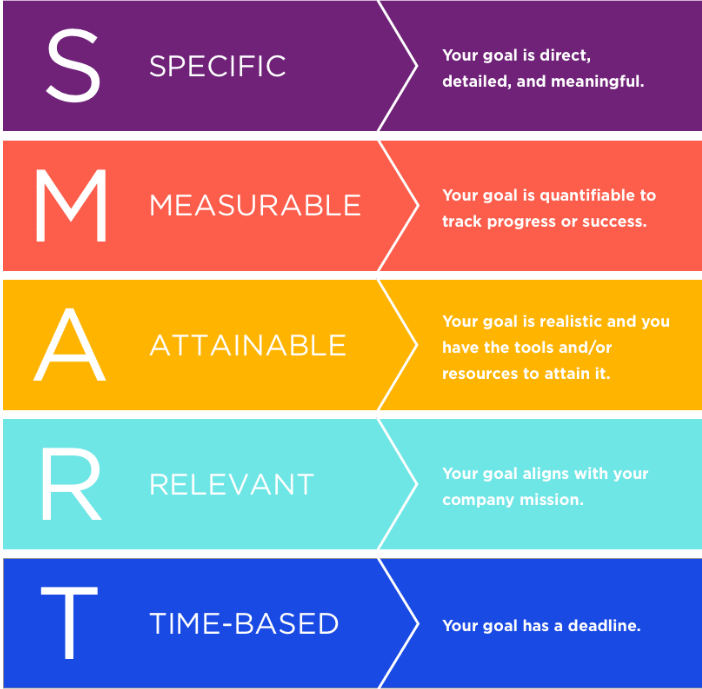
For example, instead of asking your agents to increase sales vaguely, communicate with them the percentage you’d like to see in a specific time frame and the resources you’ll offer them to achieve that.
Another important distinction in goal-setting theory is performance vs. mastery goals. While the first help you compare yourself with your competitors and find ways to stand out, the latter will enable you to focus on your business identity and shape unique pathways to success. Find the silver lining between those two to set better goals.
3. Build a Great Workforce
Now it’s time to consider how your existing team can help you scale your business. Is their skillset suitable for streamlining this process successfully, or do they need extra training to thrive? Apart from the hard skills and expertise each one has, you should emphasize soft skills. For example, problem-solving, time management and effective communication will be significant in times of change.
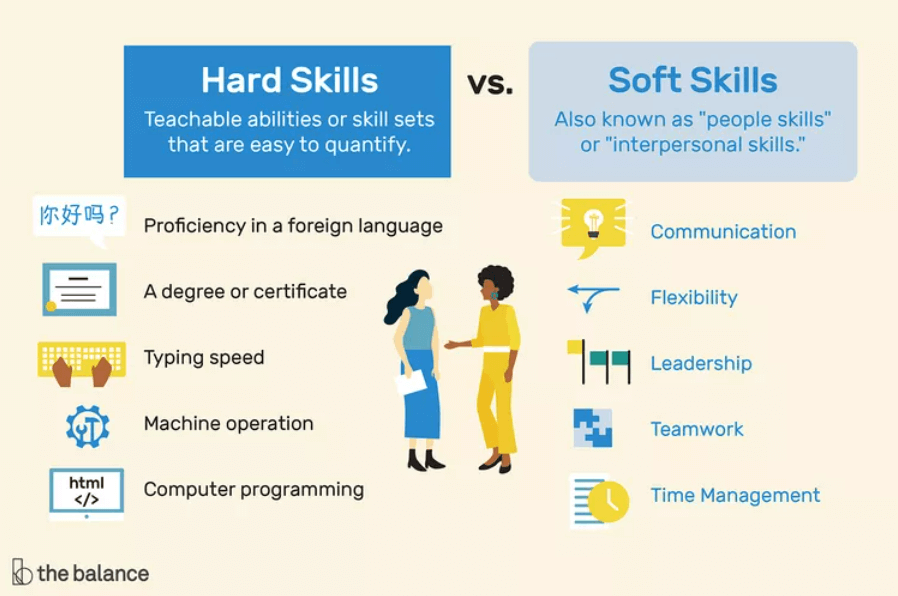
Moreover, if your team is limited at the moment, it’s best to hire new employees or outsource some of the new responsibilities to avoid causing burn-out. Make sure to find talent that fits your business and put them on the same page from an early stage. Inform your new hires about your vision and core values so that they contribute to sustainable growth.
As for your managerial team, it’s important to train them on more effective leadership skills and emphasize why they should act as mentors for their teammates to boost overall performance. For example, inclusive and mindful leadership should be on your radar to create a positive working environment.
4. Invest in Tech and Automation
Growing businesses should improve their operational processes to prepare for future growth without great risks. Investing in the right technology will let you scale your business more efficiently.
For instance, software like CRM solutions can be game-changing for sales and marketing teams, especially for SaaS businesses, to deliver more personalized experiences to their audiences. So are automation services, enabling professionals to save time by automating certain time-consuming tasks to concentrate their energy on more diligent ones.
For example, email marketing services like Moosend or Mailchimp allow users to schedule automated workflows to send timely and relevant email messages to users based on their recent actions. Thus, they manage to create more personalized customer communications in simple steps without wasting valuable time.

So it’s time to do your own research and see what type of software would make your work life easier by optimizing your internal operations. Finally, make sure that the services you purchase are scalable with flexible pricing to easily adjust your plan as your business grows.
Are you interested in automating your newsletters? Sign up for a Moosend account today and start witnessing the multiple benefits of marketing technology!
5. Optimize your Products/Services
One of the most significant moves to make before reaching a wider audience is identifying how relevant your offerings are to them. Obtaining a large number of customers you’re unable to retain is risky for your long-term growth. Instead, you need a business strategy to help you grow your business steadily without massive ups and downs to secure your revenue.
To make it happen, you need to be in a constant mode of improving or even crafting new products to secure customer retention and loyalty. Prioritize creativity and innovation during those process to ensure that your brand remains relevant and interesting for your customer and prospects.
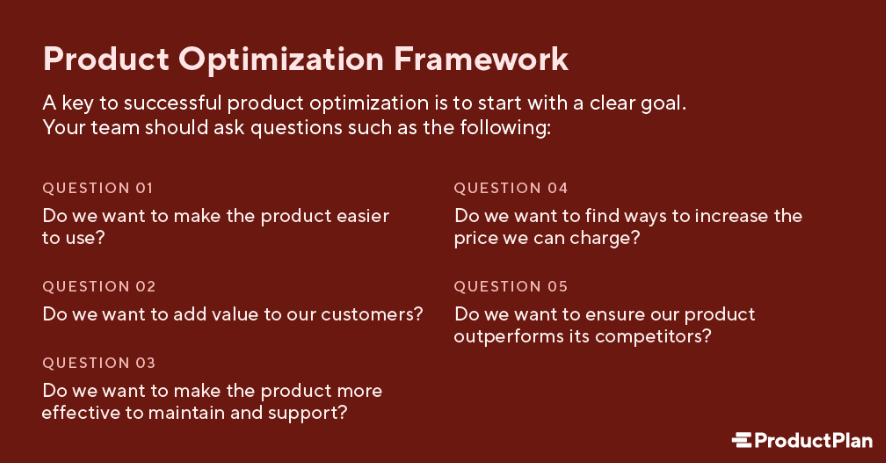
Plus, you should check on your competition regularly to stay ahead of the curve and collect customer feedback to analyze their needs and habits. Look for trends in your niche market to be more proactive.
For example, in the cosmetics industry, consumers increasingly look for brands with pure ingredients that use environmental-friendly methods. You can’t miss out on this critical information if you want your target customers to continue trusting and choosing you.
6. Secure Sales and Conversions
You can’t build a safe growth plan without revisiting your marketing and sales operations. Analyze your current marketing tactics and resort to methods gradually leading to more conversions.
For instance, you can improve your website by optimizing it for SEO to attract consumers that are highly likely to purchase or run paid ads on social media to nurture a more targeted approach. Moreover, find a unique angle in your niche market to outstand competition, such as running a podcast or initiating a guerilla marketing idea.
However, before activating a marketing channel that can bring many more customers to you, ensure that your sales team can manage those leads successfully. If you don’t fulfill customer expectations and offer less than your brand initially promised to provide, you’ll eventually hurt your reputation.
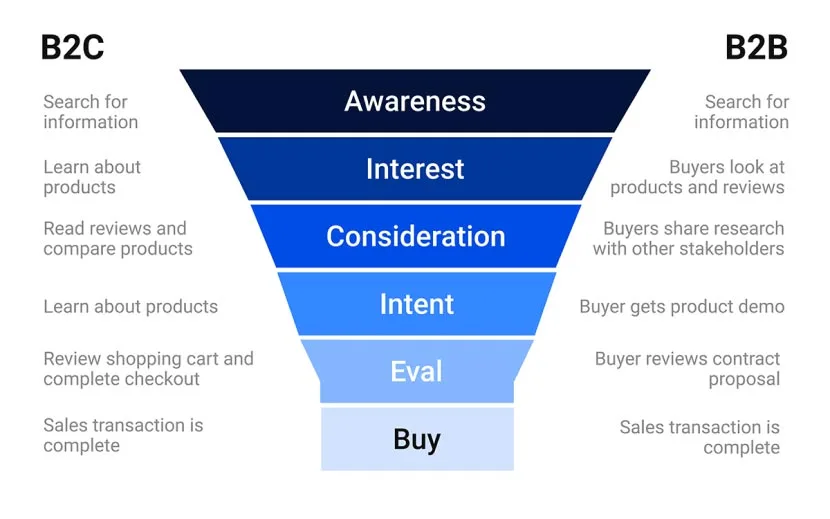
Finally, you need to build a marketing funnel based on the customer journey to streamline a winning system that will last in time and breed amazing results – especially if you have a subscription-based service business model.
7. Grow your Partnerships
If your business is in a scaling mode, it will take a lot of work to manage everything by yourself. Teamwork makes the dream work, but apart from your colleagues, it’s inevitable to rely on other professionals, too. For instance, you can partner with business consultants to show you what’s trending in your niche market and even train your employees on new skills.
Overall, thinking in terms of community building is game-changing for growing businesses. This way, you gain easier and faster access to essential resources through successful partnerships and networking. So if you are at an early scaling or growth phase, start attending notable events in your niche market, talk to important stakeholders, and share information about your brand.
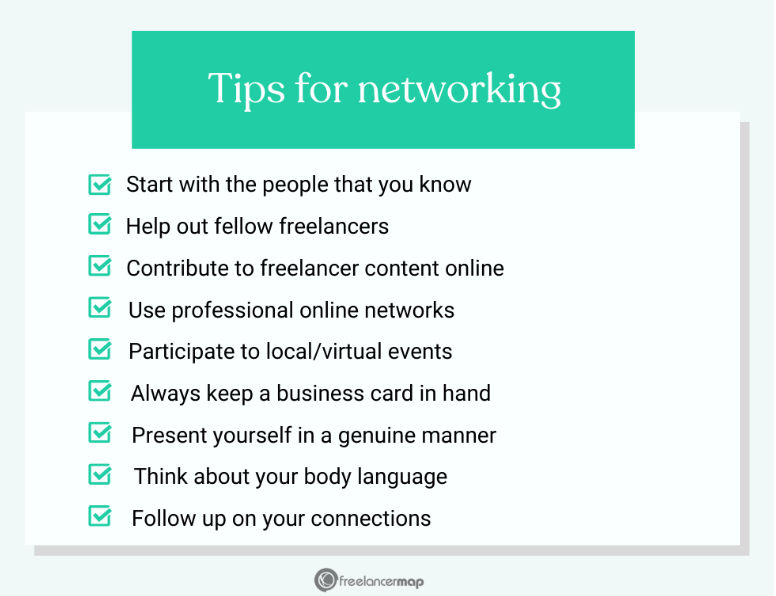
If you have a small budget, you can also network online, using professional platforms, such as LinkedIn or Behance and start meaningful conversations with leaders that can benefit your business in the long run. You can also attend dedicated online events like webinars and seize opportunities to pitch your business.
8. Focus on Company Culture
As businesses scale and grow, the company culture and employee experience are usually affected in various ways. If you bring a large number of new hires onboard or train existing employees for new responsibilities, it’s vital to put emphasis on soft skills, such as flexibility, and to maintain employee satisfaction.
You can also partner with mentors and consultants to help you adapt to the new environment and era with the least possible losses. Highlight all the positive results both business scaling and growth will bring to employees and make them feel an organic part of this transition.
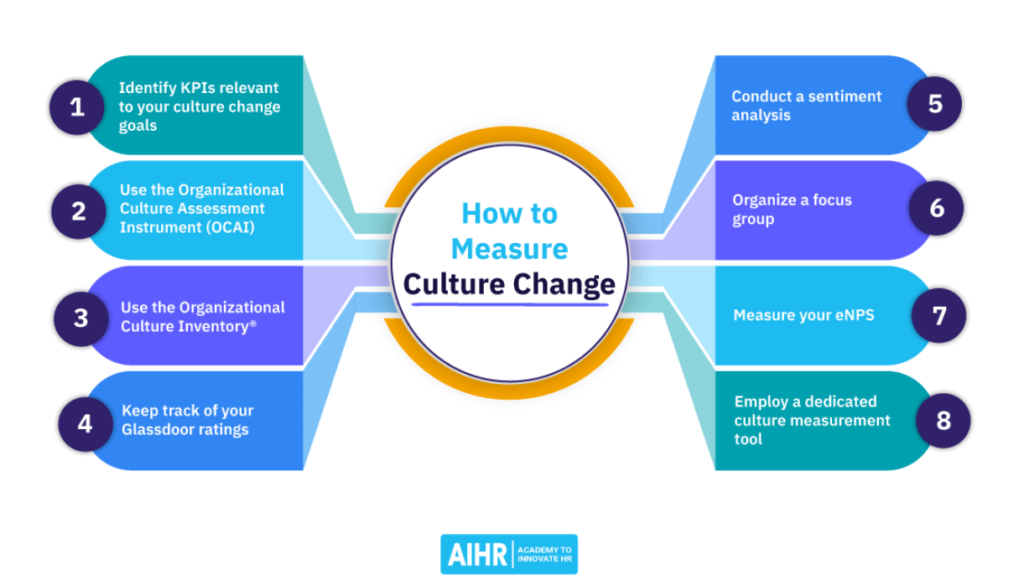
Finally, measure the effect of culture change on your employees to make the necessary adjustments before it’s too late. Otherwise, this can hurt employee experience and, consequently, customer satisfaction and your revenue, too.
The Takeaways
In a nutshell, to successfully grow your business, you first need to scale it. Follow the guidelines above, upgrade your internal processes and create a thorough business plan to support the ongoing changes. Preparing your workforce and powering up your partnerships will make these transitions even smoother.
If you wish to start with your marketing efforts by automating primary email marketing tasks, sign up for a Moosend account and begin your 30-day free trial. Explore our ready-made templates and top-notch features to kick off your scaling.
How To Scale A Business FAQs
Are you looking for quick answers to some of the most frequently asked questions on how to scale a business. We’ve collected the top of them:
1. How can I scale my business quickly?
Determine your vision and purpose, upgrade your internal operations – e.g., infrastructure, sales structure, automation – and delegate responsibilities to your team smartly to scale your business successfully.
2. What is a scaling strategy?
It’s the process of supporting long-term business growth consisting of milestones and process goals that enable businesses to grow and increase their revenue without excessive risks.
How do I scale a small business from scratch?
Follow these steps: 1) Evaluate your current system, 2) set clear and SMART objectives, 3) build a great team, 4) invest in tech and automation, 5) optimize your products/services, 6) secure sales and conversions, 7) grow your partnerships, and 8) adapt your company culture.
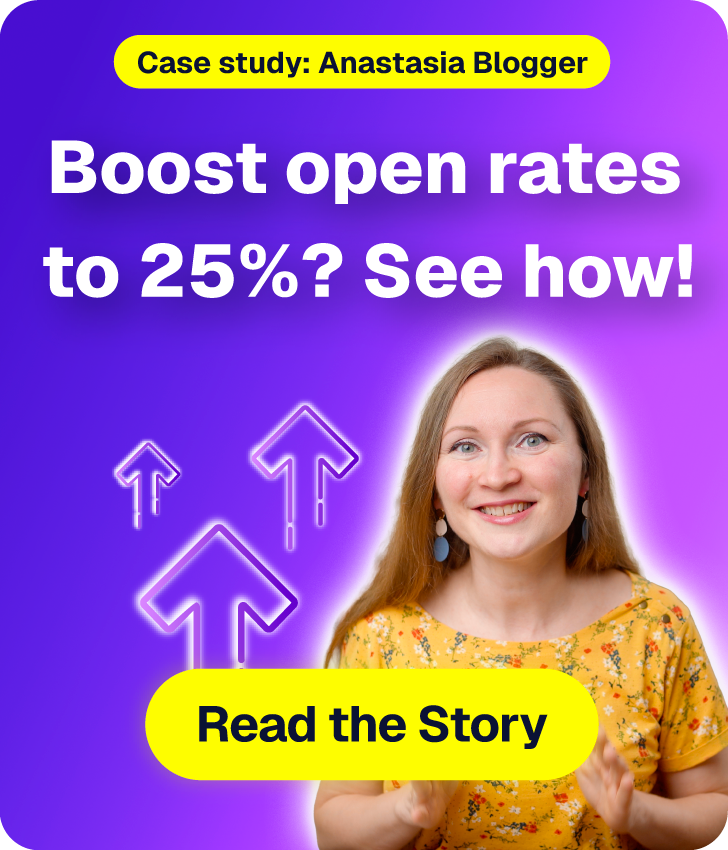



 Published by
Published by

